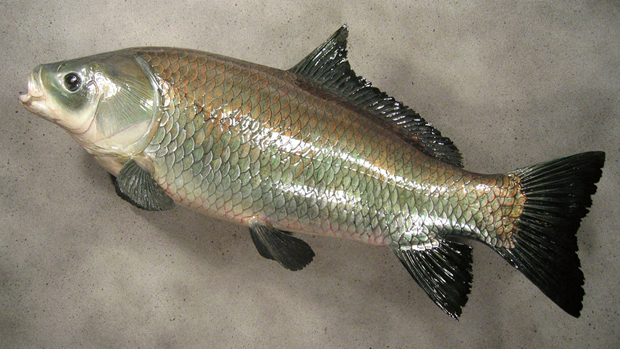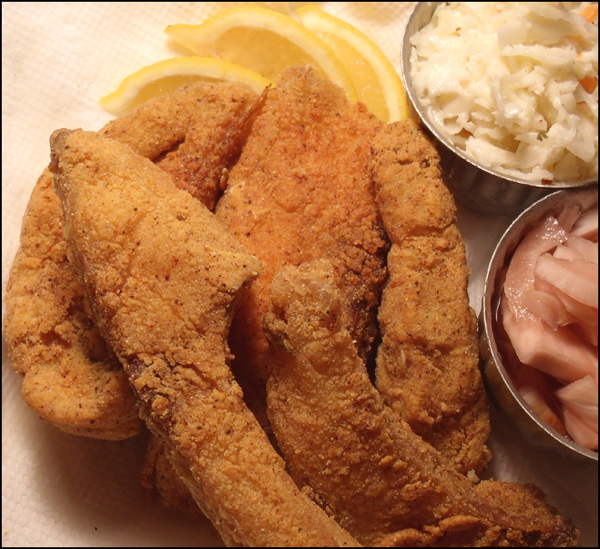
 We are what we eat: our food is very much an indication of who we are, of our place on the planet in every facet of our existence: our age, our geography, our society, our ethnic background, and our own sense of self.
We are what we eat: our food is very much an indication of who we are, of our place on the planet in every facet of our existence: our age, our geography, our society, our ethnic background, and our own sense of self.
Aside from food taboos, which are endless and embrace a whole world of dictates, most people spurn foods because of social biases and on that basis alone many foods have become anathema even in those places where the foods themselves are plentiful and nutritious. A list of foods which in the past have been sneered at because of such reasons is endless and ever-changing. As early as a century ago, lobster was considered “the cockroach of the sea” by New Englanders (cod was very much in vogue, you see), and housewives in Maine were known to stuff a lobster stew in the oven when her (presumably Episcopalian) minister dropped by so that she wouldn’t be considered white trash.
 You’ll often hear of fish being talked about as trash fish. Trash fish is a slang term for what U.S. state agencies and anglers call rough fish to describe larger fish species not commonly eaten or fished for sport. A fish considered rough fish in one region may be considered a game or food fish in another, often due to culture or tradition. For example, the common carp is considered an undesirable rough fish in the United States and Australia, but is the premier game fish of Europe and the most valuable food fish across most of Asia. Gar is an undesirable nuisance in most places in the U.S., but in Louisiana it’s mashed, made into balls with seasonings, and fried.
You’ll often hear of fish being talked about as trash fish. Trash fish is a slang term for what U.S. state agencies and anglers call rough fish to describe larger fish species not commonly eaten or fished for sport. A fish considered rough fish in one region may be considered a game or food fish in another, often due to culture or tradition. For example, the common carp is considered an undesirable rough fish in the United States and Australia, but is the premier game fish of Europe and the most valuable food fish across most of Asia. Gar is an undesirable nuisance in most places in the U.S., but in Louisiana it’s mashed, made into balls with seasonings, and fried.
Buffalo is a genus (Ictiobus) of freshwater fish common in the United States. It is sometimes mistaken for carp because of its flat face and large, silver scales running along the body, though it lacks the whisker-like mouth appendages common to carp. Buffalo live in most types of freshwater bodies where panfish are found, such as ponds, creeks, rivers, and lakes. From a fishermen’s point of view, the buffalo is difficult to catch; the preferred method is with gill nets.
According to Dr. Jim Steeby, former research and extension professor at MSU, “There are three species of buffalo: bigmouth, smallmouth, and black. The smallmouth, also called the razorback, is most commonly caught in rivers with hoop nests.
“We can spawn and grow them with catfish in ponds,” Jim said. “They are minnow family fishes so they have bones in their flesh, but it’s a Southern favorite; the ribs are the best part. In the Delta at Stoneville, we did mostly catfish research, but we worked on some other species. Back in the early 60s they started growing buffalo in ponds in Arkansas, then switching to catfish as the market for them was better. Buffalo are not grown much anymore. Most of the harvest comes from commercial fishermen. If the market were bigger we could easily supply it, but buffalo seems likely to remain a regional favorite.”
Jackson chef Nick Wallace said that the unpopularity of buffalo might have something to do with the bones, “But you can go to some of these Southern fish markets and find buffalo. It’s not cooked in the restaurants at all; maybe because the chefs don’t like the quality because of the bones, I’m not sure; maybe it doesn’t fit to their clientele. But fish markets that do six hundred, seven hundred thousand dollars a year, they have it. It is seasonal, mainly winter, but it has a long season. To me, it is a delicate fish. If you eat it, you have to eat it delicately.”
“Last July, I called Mark Beason early one morning, and I said, ‘Mark, I have B.B. King coming in, and B.B. wants some buffalo.’ Mark took his nets to the Big Black River and an hour later I had two big mouth buffalo. I checked it for abrasions and dark marks; you want to watch out for things like that. The whole fish is edible, and the tail is great. B.B. wanted it the next day, too. I had gotten a couple more, and he took two whole buffalo with him. They had a kitchen on his bus, and he had a guy with him who was back in the kitchen when I was cooking it, looking over my shoulder.”
“It has a nice pink flesh,” Nick said. “The fish needs to be eaten piping hot because the taste is more pronounced when you eat it hot. If you let it cool down, it’s almost like a muscle, the fish tightens up. You want to handle this fish hot. When my granny made buffalo cakes, she would get her hands in the hot cooked meat to make them. That’s what I like about cooking this type of fish, it actually takes work, it’s not just a simple meat you slice on the bias and throw in the skillet. You have to really touch this food, feel it, know it and work with it. She’d make the cakes like a croquette. She’d put mustard in the cakes and if you’re making a buffalo sandwich you’re going to want good mustard on it: white bread, mustard and tomatoes. Best sandwiches in the world.”
Nick said that buffalo should be eaten more in Mississippi. “Buffalo should stand out a lot more than sea bass, halibut, and tilapia. We were raised on Mississippi fish, that’s what we were used to, and that needs to be talked about. I just don’t understand how you can go to a restaurant and find sea bass on the menu, how they have to fly this fish in here when you have anything you could really want to be sustainable here in Mississippi. Why don’t we see more local fish in the markets?” ![]()
–
This article was originally printed in The Local Voice #218 (published December 4, 2014).
To download the PDF of this issue, click here.


